Water damage in homes or businesses can be a daunting challenge, but with the right approach and tools, it’s a manageable situation. Whether it’s due to natural disasters, plumbing failures, or accidents, immediate action is crucial to minimize damage. A few years ago, we had a big storm in the city of Toronto and we had to call in a professional water damage restoration company to help clean up the mess. After that incident we vowed to be prepared for the next time it happens. Here we will guide you through the essential tools and techniques for effective water damage cleanup, ensuring a swift and efficient return to normalcy.
Tools for Water Damage Restoration
The Must-Have Equipment
The equipment for proper structural drying you choose plays a pivotal role in the water damage cleanup process. Here are some must-have tools:
- Wet/Dry Vacuum: This versatile vacuum can handle both dry debris and water, making it an essential tool for removing standing water.
- Dehumidifiers: These devices are crucial for removing excess moisture from the air, which helps in preventing mold growth.
- Air Movers: Also known as blowers, these tools facilitate air circulation, speeding up the drying process.
- Moisture Meters: These instruments measure the moisture level in various materials, helping you understand the extent of water penetration.
Additional Handy Tools
- Pump: If you’re dealing with high levels of water, a submersible pump can be a game-changer.
- Gloves and Safety Gear: Always prioritize safety with waterproof gloves, boots, and goggles.
- Cleaning Supplies: Disinfectants, brushes, and mops are essential for cleaning and sanitizing affected areas.
Techniques for Effective Cleanup
Initial Steps for Damage Control
As soon as you notice water damage, act quickly:
- Safety First: Turn off the power supply to the affected areas to prevent electrical hazards.
- Stop the Source: If the water source is from within the property, like a burst pipe, shut it off immediately.
- Protect Your Belongings: Move furniture and other items away from the water to prevent further damage.
Drying and Dehumidifying Process
- Air Circulation: Open windows and doors to enhance airflow, if weather permits.
- Strategic Placement: Position air movers and dehumidifiers effectively to maximize their efficiency.
- Regular Monitoring: Use moisture meters to monitor the drying process and adjust your equipment accordingly.
Cleaning and Sanitizing
- Thorough Cleaning: Clean all affected surfaces with appropriate cleaners to remove contaminants.
- Sanitization: Use disinfectants to eliminate bacteria and mold spores, ensuring a healthy environment.
Preventative Measures for Future Incidents
Regular Maintenance and Inspections
- Plumbing Check: Regularly inspect pipes and fixtures to prevent leaks and bursts.
- Roof and Gutter Maintenance: Ensure your roof and gutters are in good condition to prevent water seepage.
Emergency Preparedness
- Emergency Kit: Keep a kit with essential tools and equipment ready.
- Insurance Review: Understand your insurance coverage for water damage to ensure you’re adequately protected.
Restoring Normalcy with Confidence
Water damage can be overwhelming, but with the right tools and techniques, it’s a hurdle you can overcome. By following this comprehensive guide, you can tackle water damage cleanup effectively, minimizing loss and restoring your space to its pre-damage state. Remember, prompt action and the correct approach are key to successful restoration.
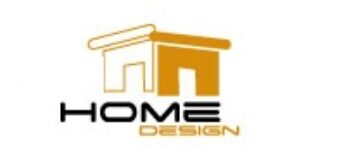
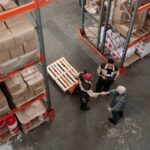

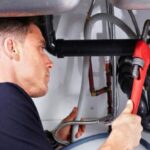


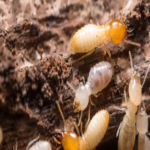
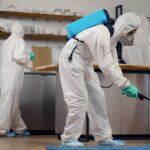


Leave a Reply